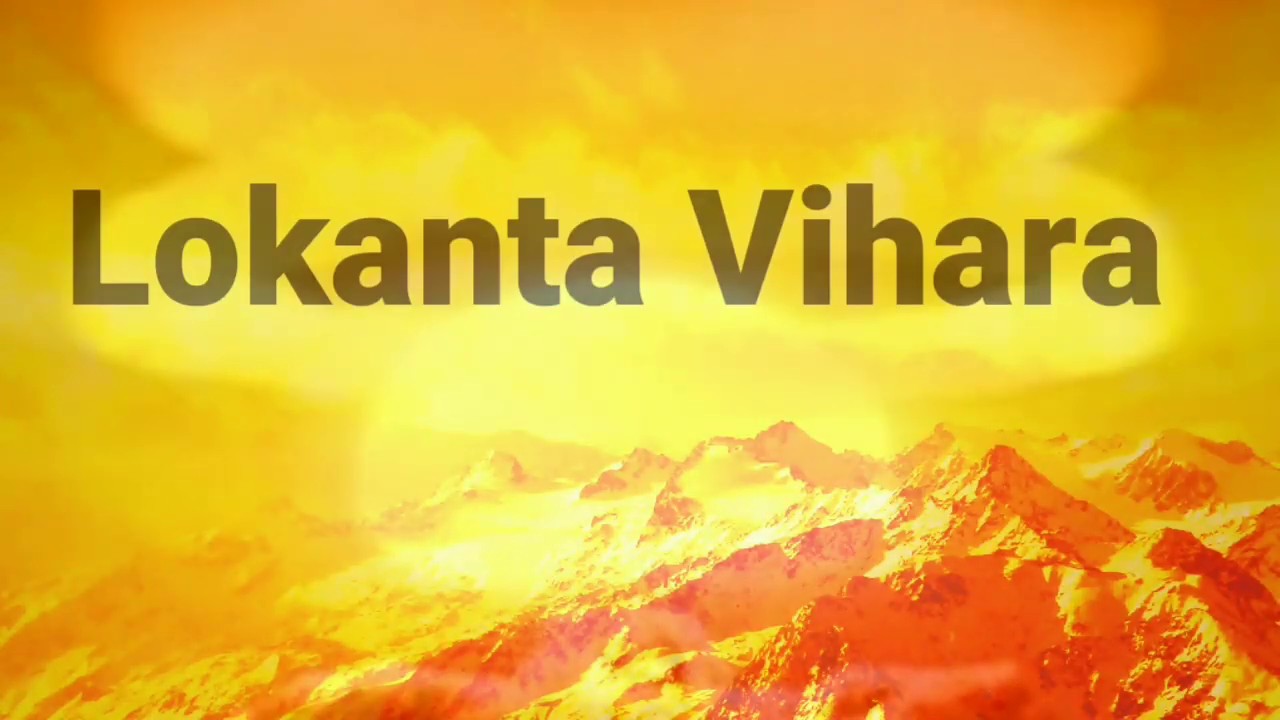SN3.25 Pabbatūpama. The Simile of the Mountain. Discussion from Dhamma Wheel.
http://dhammawheel.com/viewtopic.php?f=25&t=11654
Thanks @Robbie.
Now that I look at it again, it’s probably too long to read in case of an emergency type situation…
This is part of something I’ve recently been working on here at Lokanta Vihara, a series of writings called Essays from the End of the World.
These are mostly looking at impermanence and uncertainty in the suttas - from the personal to the cosmic - as inspiration for our practice in uncertain times. I’m especially investigating the concept of ‘samvega’ (spiritual awe and inspiration for liberation).
So if you’re interested in some exciting doom and gloom, I’ll be adding those gradually to the site over the coming weeks. (Assuming The End doesn’t come first). 


Thank you for these posts Bhante, I enjoy them a great deal!
As an aside, I don’t think the hypothetical scenario in SN 3.25 is entirely impossible. It’s quite similar to what happens after an impact with a large asteroid. I just wrote a brief blog post on this; for some reason the GIF is blurry, but it shows the last bit of the US East Coast and the Atlantic Ocean being swallowed by the ripple of the impacting asteroid. Quite literally vast mountains coming from all sides!
Ahhhh! A fellow ‘Apocalyptic’. You should join our doomsday cult ![]()
![]()
![]()
I agree with you that it’s entirely possible that mountains will get us in the end . That’s why I used mountains for our terrifying promo video:
![]()
PS. Beautiful blog. I shall investigate!
It would be awesome to have a “Buddhism emergency instructions chart.” Just like these emergency landing charts on airplanes, but then for Buddhists (and non-Buddhists!) who are facing an apocalypse/the end of the world. With instructions to practice the teachings, morality, and skillful and good actions… ![]()
I always wondered why people are so much engross with the death at the end of the world but not worry about the imminent death from old age and accidents etc.
Lol yes ! We are on the same wavelength @Robbie, that’s a great idea. Brace! In the past I’ve talked about doing a Buddhist First Aid chart, which is based on the DRABCD (danger, response, airways, breathing, compression, defibrillator) acronym that we have here in Australia, except the Buddhist version would be something like; Danger, Respond (do something!) Or maybe Reassure? , Ask (what can I do to help?), Breathe (deeply together), Calm (the mind), Dhamma,
I put Dhamma last because of people’s tendency to neglect physical and emotional needs before launching in to a Dhamma talk when people are going through a tough time. - when someone bus hungry don’t give a sermon, give soup. But secretly, caring about people’s needs and looking after them actually is the Dhamma…
I love the idea of an airlines emergency card or first aid chart for Buddhists. Let me know if you want to collaborate!

I think it has to with a desire for annihilation! It’s what makes kids jump on sandcastles or grownups build bombs. There is something powerfully attractive about destruction, even in small ways, but the apocalyptic fantasy is more about scale.
You might be interested in the Darwin Awards, a list of people’s accidental deaths; sometimes in very bizarre circumstances. Salutary reading to remind us that death could come at any moment. https://darwinawards.com/
That’d be marvelous! I’ll see if I can make a draft or something ![]()
Why is samacariyā translated to mean right conduct (aside from meaning in the commentary) when:
Concise Pali English Dictionary
samacariyā — feminine — living in spiritual calm.
PTS Pali English Dictionary
samacariyā — feminine — living in spiritual calm, quietism —AN.i.55; SN.i.96, SN.i.101 sq.; Iti.16, Iti.52; Dhp.388; Mil.19; Ja.vi.128; Dhp-a.iv.145.
sama1 + cariyā
Only sister Upalavanna’s translation of this passage in SN3.25 reflects the ‘calm’:
bhikkhu bodhi’s translation
… what can I do but practice the teachings, practice morality, doing skillful and good actions? — bhante sujato’s translation
… what is there that I can do save to live righteously and justly and to work good and meritorious deeds? — caroline augusta foley rhys davids’s translation
… what else should be done but Dhamma-conduct, right conduct, skillful deeds, meritorious deeds? — ṭhānissaro’s translation
… what else could be done, other than leading a peaceful life, living according to the Teaching, doing merit. — upalavanna’s translation
As the Sanskrit form is samacaryā and not śamacaryā, it seems likely that the PED and Uppalavaṇṇā are both mistaken and that the relevant sense of sama here would be the PED’s sama-3, not sama-1.
Personally I’ve always rather liked the very first translation that I encountered of this word: I.B. Horner’s even-faring.
Thank you, brother, for your explanation.
A good reminder that learning sanskrit will help with pāli.

